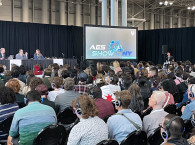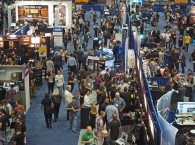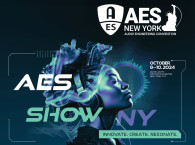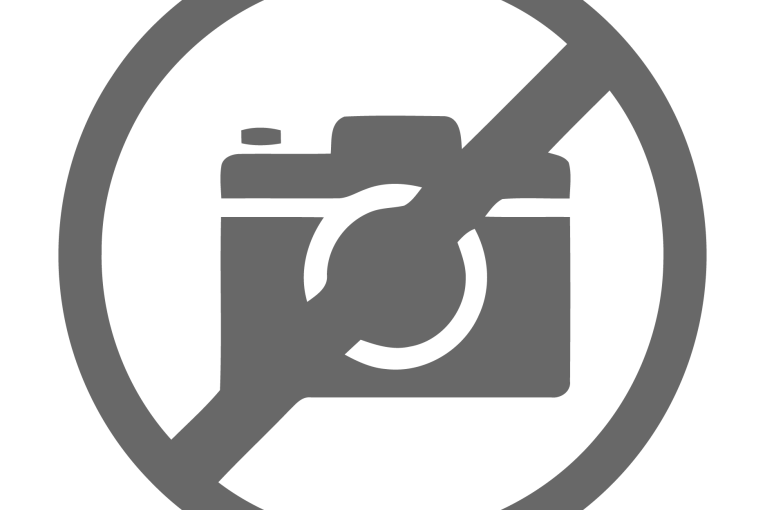
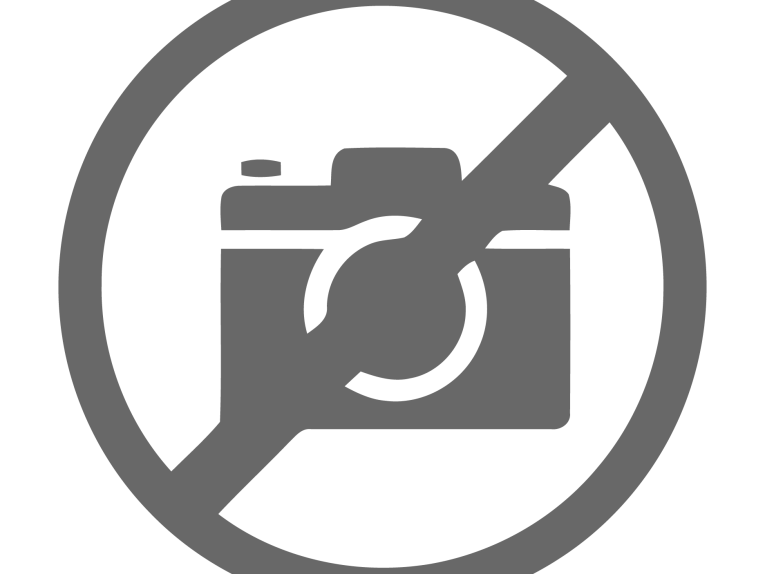
I briefly peeked in on some of the sessions and I am certain that they were all well-attended - mainly by students and lots of enthusiastic young audio engineers and music producers, the clearly dominant crowd. On the show floor, the Project Studio Expo and the Mix with the Masters Mixing Workshops - very close to our own audioXpress booth - provided an excellent sample of the visitor profile, mainly interested in anything to do with recording, mixing, mastering, and studio production in general. In clear contrast, the large Live Sound Expo auditorium was almost empty most of the time, and this was supposed to have held the Broadcast Audio Expo, and Broadway Sound Expo, and a series of talks (which to be honest I didn't see if they happened - hope so...)

Another negative aspect of the show, that was supposed to be a positive thing, was the new software@aes pavilion, a partnership with the International Music Software Trade Association (IMSTA). At past AES conventions (and other shows), I have criticized the fact that audio software companies are not attending proportionally to their importance to the market - as could be seen during the Mix with the Masters sessions, or the Waves demo theater, which were always crowded. At shows like Musikmesse, in Frankfurt, we have seen a complete hall of software companies, almost the size of the AES show floor. Suddenly, we started to see software companies reduced to "two chairs and an iMac" at the Avid Partner's Pavilion (nothing wrong with that for small plug-in companies that mainly depend upon Pro-Tools to do business.) Unfortunately, the new software@aes pavilion was almost a repetition of the model, with basically "two chairs and an iMac" for everyone, even with some important companies represented there. This is not what software represents to the market, and this is not the best model for those companies.
Why weren't the big software DAW companies also represented with their own demonstration spaces? Why was iZotope's booth the same size of our own audioXpress booth (the minimum module) given the quantity, quality, and importance of products released just in the past few months? And why wasn't the new Steinberg Wavelab 9.5 software introduced at the AES show and instead announced the week after? Clearly, something's not right, and I have the feeling that someone is not doing their work.
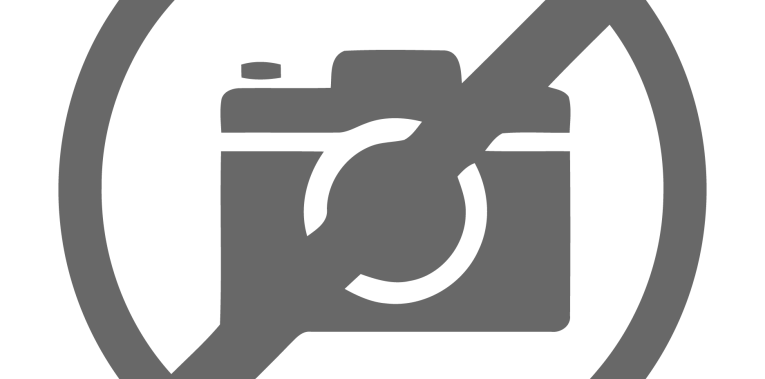
Hopefully, this will not be the trend at the National Association of Music Merchants (NAMM) Show, especially now that there are additional halls - and given the fact that the AES is cooperating with the NAMM to augment the professional audio momentum. I still don't understand why some pro audio companies in the live sound domain don't invest more in attending the valuable AES shows.
We couldn't help noticing that some important audio brands were also absent, which is strange given that this was supposed to be the most important audio show of the year in the US - and in particular given the tremendous momentum the audio industry is going through. It's clearly NOT the economy! Again, I think a much stronger effort needs to be done to sell the AES show and engage those companies to attract even more visitors.

Just as I was writing my impressions from New York, I received the official statement from the AES regarding the event. It states, "Declared a rousing success by attendees, exhibitors, presenters, and sponsors alike, the AES New York 2017 Convention once again hosted the year's largest annual contingent of pro audio professionals, students, and enthusiasts at the Jacob Javits Center." We agree with the success. Not with "the largest" part of it. Unless it was for the fact that total registration eclipsed that of last year's Los Angeles convention, with 15,590 registrants - 24% higher than final registration for AES LA 2016. The AES also notes that the quality of the technical programs in New York drew over 40% more "All Access" attendees than in Los Angeles last year, setting a new milestone. Still, we should instead compare this event with the previous one held in New York, in 2015, where an all-time high record of nearly 20,000 visitors was reached.
AES New York 2017 offered well over 200 technology presentations including 700 presenters and a half-dozen offsite Tech Tours, as well as 260-plus brands exhibiting the latest gear and services on the AES Exhibition floor (there were 300 exhibitors at the 139th AES convention in NY in 2015). I agree with the words of Bob Moses, AES Executive Director, when he says, "At the close of the exhibition on Friday, the hall was still packed when the lights were dimmed." Yes, that was true, no one could believe the show was going to close at 4pm, two hours early...
Fortunately, AES New York convention research papers and E-briefs can now be found online in the AES E-Library, and recordings of the convention presentations and proceedings will soon be online as part of the AES Live: Videos collection. Full E-Library access is a benefit enjoyed by all AES members - for those with time.
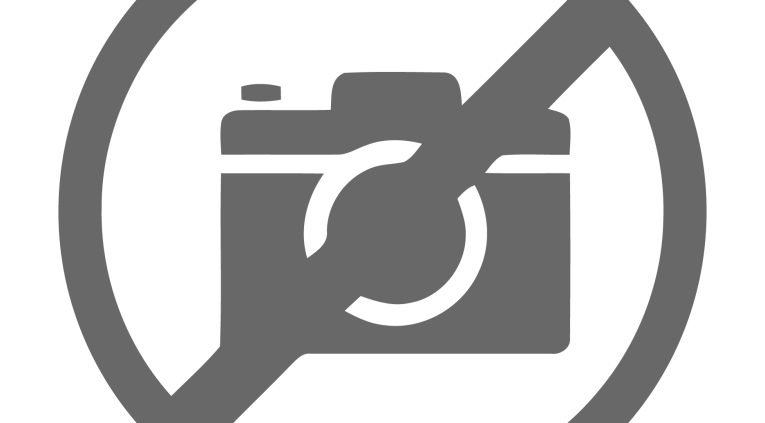
The AES celebrates its 70th anniversary as the Society returns to the Jacob Javits Center in New York for AES New York 2018, the 145th AES International Convention, taking place October 17-20, 2018, co-located once again with The NAB Show New York. aes.org/events.
This article was originally published in The Audio Voice newsletter, (#153), October 26, 2017.




